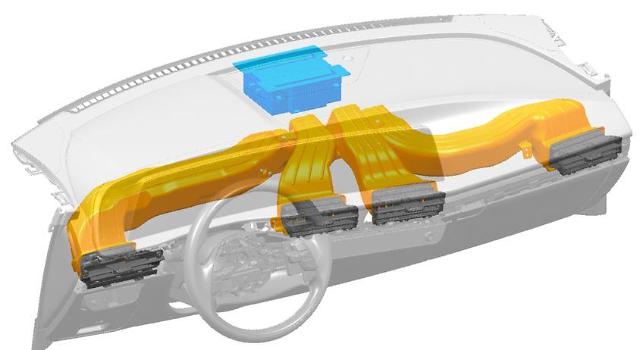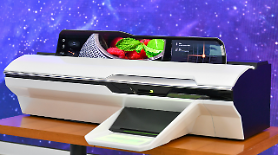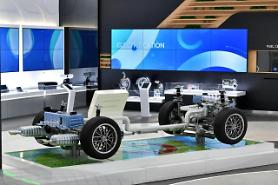
[Courtesy of Hyundai Mobis]
SEOUL -- In response to a new trend that emphasizes hygiene due to a COVID-19 pandemic, Hyundai Mobis, the parts-making unit of South Korea's Hyundai auto group, has developed a technology to sterilize and purify internal air instead of filtering pollutants through car air conditioner filters or using a separate air purifier indoors.
Hyundai Mobis has developed a built-in air sterilization system using ultraviolet (UV) rays with the aim of removing floating bacteria from mechanical devices. and an air duct technology using antibacterial materials. UV photocatalytic sterilization uses hydroxyl radicals generated when UV light emitting diode (LED) is irradiated to a photocatalytic filter. Hydroxyl radicals attack essential cell components in bacteria and oxidize the surface structures of viruses.
The air sterilization system sucks the air inside the vehicle and releases it into clean air through UV photocatalytic sterilization. It can be mounted in idle spaces inside vehicle dashboards and sterilizes air without interference with existing air conditioning systems. Passengers can check the air condition in real time.
Tests by the state-run Korea Conformity Laboratories (KCL) showed that the air sterilization system reduced the concentration of yellow staphylococcus floating in the air decreased by 99.9 percent. "We are incorporating various ideas to provide a pleasant and safe travel experience for passengers," Choi Jae-seob, head of Hyundai Mobis' interior and module design sector, said in a statement on August 16.
When using an air conditioner in a vehicle, fresh air is delivered to the room through an air duct. However, the moisture remaining in the duct after using the air conditioner can breed germs and fungi, creating odors and environments harmful to the human body. Zinc oxide, which is known to have strong antibacterial performance, was applied to air ducts, Hyundai Mobis said, adding that the method has met global standards.
Copyright ⓒ Aju Press All rights reserved.



